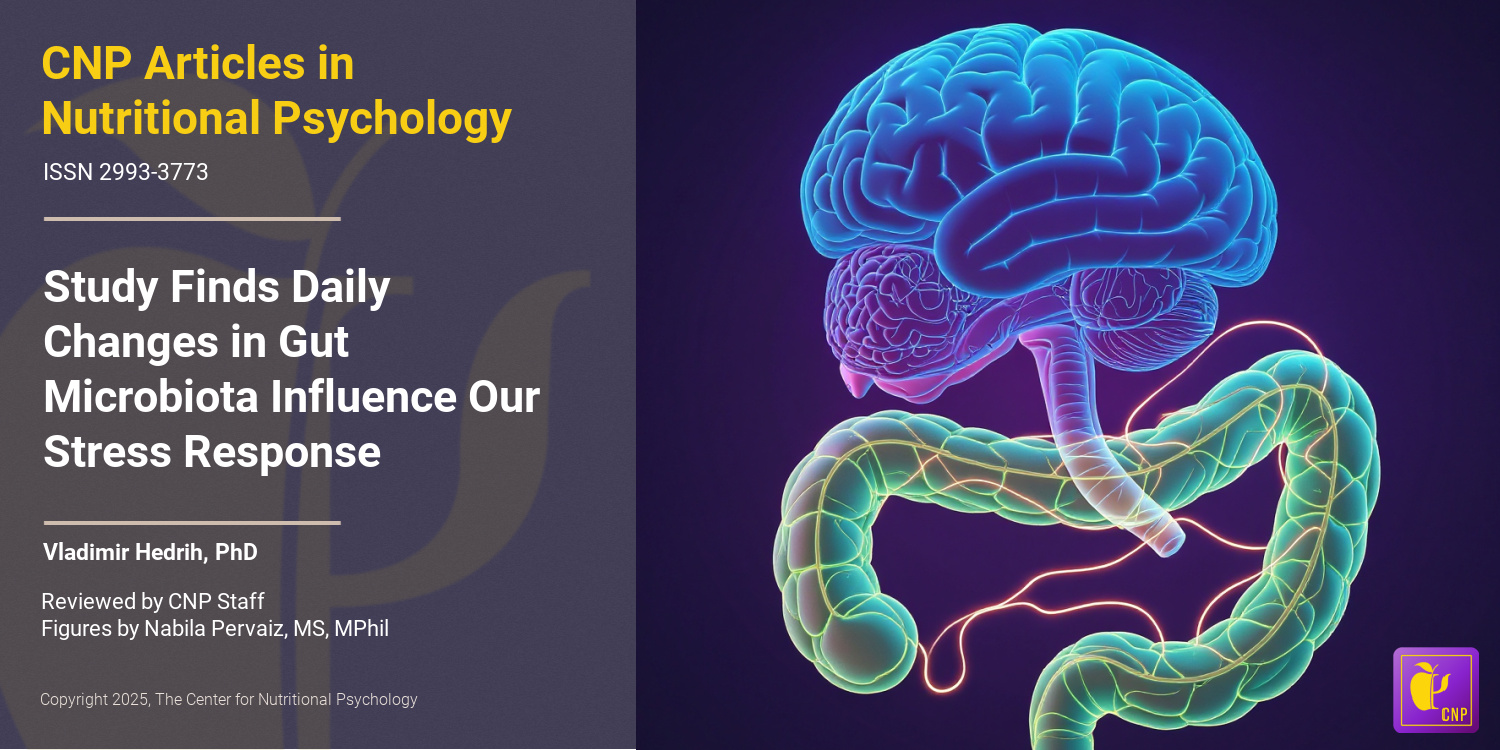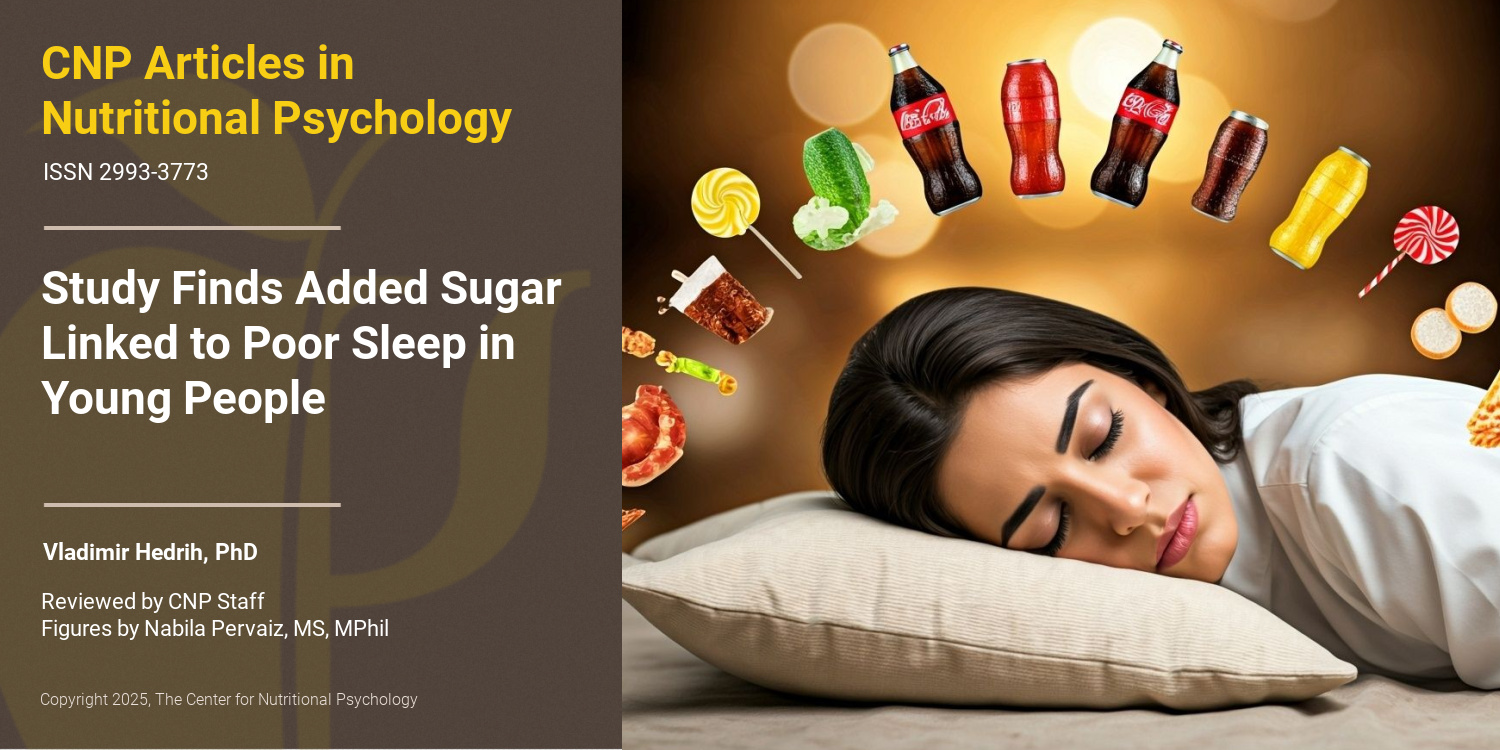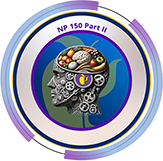- A study of genetically engineered mice published in Nature Communications showed that a set of neurons in the midbrain called vesicular GABA transporter-expressing GABAergic neurons (or vgat l/vlPAG neurons for short) controls food-seeking and eating behaviors.
- Activity of these neurons alone induced food-seeking behavior, including hunting and foraging for inanimate food items.
- Their activation resulted in exploratory foraging and compulsive eating without altering other aspects of the studied mice’s behaviors.
Feeding is probably the most important activity for all living beings. In the wild, animals spend most of their awake time exploring their surroundings, searching for food. This typically includes studying new areas and new things in their surroundings and pursuing prey. Thanks to the easy availability of food in modern societies, most humans spend much less time searching for food. However, deciding what to eat, where to get the food from, and activities needed to obtain and eat food are an important part of human life as well.
Deciding what to eat, where to get the food from, and the activities needed to obtain and eat food are also important parts of human life
Foraging for food
At the turn of the century, scientific evidence pointed to the fact that living organisms have distinct “modes of operation” characterized by specific emotions, accompanying motives, and resulting behavior. The famous neuroscientist Jakk Panksepp proposed seven such biologically determined primary emotional systems (Panksepp, 2004, 2011). He named one of them Seeking.
Panksepp’s Seeking system drives the urge to explore, investigate, and make sense of the environment, motivating goal-directed behaviors. It is associated with the feeling of anticipation and excitement when pursuing desired outcomes, such as finding food, resources, or novel experiences. It is linked to the activity of the mesolimbic dopamine pathway in the brain, which plays a crucial role in reward and motivation.
Neurobiology of seeking food
Panksepp’s theory brought a very global understanding of how food-seeking behavior works. However, many details are still not well understood. A recent study demonstrated that activating a set of neurons located in the arcuate nucleus of the brain’s hypothalamus region initiates consumption of the available food (in rodents). These neurons are called Agouti-related peptide or AgRP neurons (Hedrih, 2024; Sternson & Atasoy, 2014), but they are also known as hunger neurons (see Figure 1).

Figure 1. Neurons in the hypothalamus that initiate food consumption
However, food-seeking is a much broader set of behaviors than just food consumption. It can include a detailed exploration of the environment and hunting prey (Reis et al., 2024). Hunting behaviors in humans and animals can be very complex and involve even the most complex cognitive processes.
Older studies have already established that food-seeking is not solely triggered by a lack of nutrients in the body but that a wide array of factors and circumstances can trigger it. These include current mood, habits, available food cues, current environment, and many others (Hayashi et al., 2023; Hedrih, 2023a, 2023b; Thanarajah et al., 2023; Zhang et al., 2023).
The current study
Study author Fernando M. C. V. Reis and his colleagues wanted to examine the role of a group of neural cells found in the midbrain region of mice in food-seeking behaviors – exploration, foraging, and hunting. These cells are called vesicular GABA transporter-expressing GABAergic neurons or vgat l/vlPAG cells, for short. They are located in the midbrain’s lateral and ventrolateral periaqueductal gray subregions (see Figure 2).

Figure 2. Neural cell group in the midbrain involved in food-seeking behaviors
These authors note that previous studies established that exploratory behaviors in mice can be reduced by inactivating zona incerta neurons, a group of heterogeneous neurons located in the zona incerta region of the subthalamus region of the brain. On the other hand, their activation causes mice to explore novelties, hunt prey (e.g., crickets), and eat non-pray food. There is another group of cells located in the medial preoptic area of the brain that also causes pursuit and following of both pray (crickets) and inedible objects (camk2a cells), and both of these groups of cells connect to the periaqaductal gray part of the midbrain. This brought the attention of study authors to the vgat l/vlPAG neurons.
The study was conducted on male and female Vgat-Cre mice aged between 2 and 6 months. Vgat-Cre mice are genetically engineered mice modified to allow researchers to target their GABAergic neurons. By activating and deactivating specific neurons in this way, researchers are able to observe the effects these neurons have on their behavior.
The study authors conducted a series of behavioral tests on these mice to examine the activity of vgat l/vlPAG neurons and study the behavior of mice when the activity of these neurons is inhibited or stimulated.
Vgat l/vlPAG neurons are more active prior to eating
Results showed that vgat l/vlPAG neurons are more active when mice engage in food-seeking behaviors (hunting, foraging, eating). This was the case both when mice hunted crickets and when they ate inanimate food. Further experiments showed that these cells are more active prior to eating than during eating.
Vgat l/vlPAG neuron activity is necessary and sufficient to activate food foraging and consumption behaviors
When the study authors used genetic manipulation to inhibit vgat l/vlPAG neurons, mice reduced their activities in hunting crickets (in one experiment), their consumption of inanimate food (walnuts in this case), and their time to start hunting crickets.

Figure 3. Vgat l/vlPAG neurons activity and food-seeking behaviors
On the other hand, when study authors used the same technique to stimulate the activity of these neurons, mice increased both their hunting activities and consumption of inanimate food. While these genetic manipulations affected hunting, foraging, and eating behaviors, the mice’s general activity level (how much they move) was not affected.
Further investigations showed that these cells are bidirectionally connected to several other groups of cells involved in feeding, exploration, and investigation, including the already mentioned group of cells in zona incerta.
Conclusion
Overall, the study used a series of experiments on mice to demonstrate that vgat l/vlPAG neurons are crucial in initiating and controlling hunting, foraging, and eating behaviors in mice. While humans and mice are very different species, they share many physiological similarities. Discoveries like this bring science closer to fully understanding the workings of neural circuits controlling food-seeking behaviors and likely the Seeking system in humans.
The paper “Control of feeding by a bottom-up midbrainsubthalamic pathway” was authored by Fernando M. C. V. Reis, Sandra Maesta-Pereira, Matthias Ollivier, Peter J. Schuette, Ekayana Sethi, Blake A. Miranda, Emily Iniguez, Meghmik Chakerian, Eric Vaughn, Megha Sehgal, Darren C. T. Nguyen, Faith T. H. Yuan, Anita Torossian, Juliane M. Ikebara, Alexandre H. Kihara, Alcino J. Silva, Jonathan C. Kao, Baljit S. Khakh, and Avishek Adhikari.
References
Hayashi, D., Edwards, C., Emond, J. A., Gilbert-Diamond, D., Butt, M., Rigby, A., & Masterson, T. D. (2023). What Is Food Noise? A Conceptual Model of Food Cue Reactivity. Nutrients, 15(22), Article 22. https://doi.org/10.3390/nu15224809
Hedrih, V. (2023a). Are Hunger Cues Learned in Childhood? CNP Articles. https://www.nutritional-psychology.org/are-hunger-cues-learned-in-childhood/
Hedrih, V. (2023b). Food and Mood: Is the Concept of ‘Hangry’ Real? CNP Articles in Nutritional Psychology. https://www.nutritional-psychology.org/food-and-mood-is-the-concept-of-hangry-real/
Hedrih, V. (2024, March 4). Researchers Identify Neural Pathways Transmitting Anti-Inflammatory Effects of Hunger. CNP Articles in Nutritional Psychology. https://www.nutritional-psychology.org/researchers-identify-neural-pathways-transmitting-anti-inflammatory-effects-of-hunger/
Panksepp, J. (2004). Affective Neuroscience: The Foundations of Human and Animal Emotions (1st edition). Oxford University Press.
Panksepp, J. (2011). The basic emotional circuits of mammalian brains: Do animals have affective lives? Neuroscience & Biobehavioral Reviews, 35(9), 1791–1804. https://doi.org/10.1016/j.neubiorev.2011.08.003
Reis, F. M. C. V., Maesta-Pereira, S., Ollivier, M., Schuette, P. J., Sethi, E., Miranda, B. A., Iniguez, E., Chakerian, M., Vaughn, E., Sehgal, M., Nguyen, D. C. T., Yuan, F. T. H., Torossian, A., Ikebara, J. M., Kihara, A. H., Silva, A. J., Kao, J. C., Khakh, B. S., & Adhikari, A. (2024). Control of feeding by a bottom-up midbrain-subthalamic pathway. Nature Communications, 15(1), Article 1. https://doi.org/10.1038/s41467-024-46430-5
Sternson, S. M., & Atasoy, D. (2014). Agouti-related protein neuron circuits that regulate appetite. Neuroendocrinology, 100, 95–102. https://doi.org/10.1159/000369072
Thanarajah, S. E., Difeliceantonio, A. G., Albus, K., Br, J. C., Tittgemeyer, M., Small, D. M., Thanarajah, S. E., Difeliceantonio, A. G., Albus, K., Kuzmanovic, B., & Rigoux, L. (2023). Habitual daily intake of a sweet and fatty snack modulates reward processing in humans. Cell Metabolism, 35, 1–14. https://doi.org/10.1016/j.cmet.2023.02.015
Zhang, X., Wang, H., Kilpatrick, L. A., Dong, T. S., Gee, G. C., Labus, J. S., Osadchiy, V., Beltran-Sanchez, H., Wang, M. C., Vaughan, A., & Gupta, A. (2023). Discrimination exposure impacts unhealthy processing of food cues: Crosstalk between the brain and gut. Nature Mental Health, 1(11), Article 11. https://doi.org/10.1038/s44220-023-00134-9












